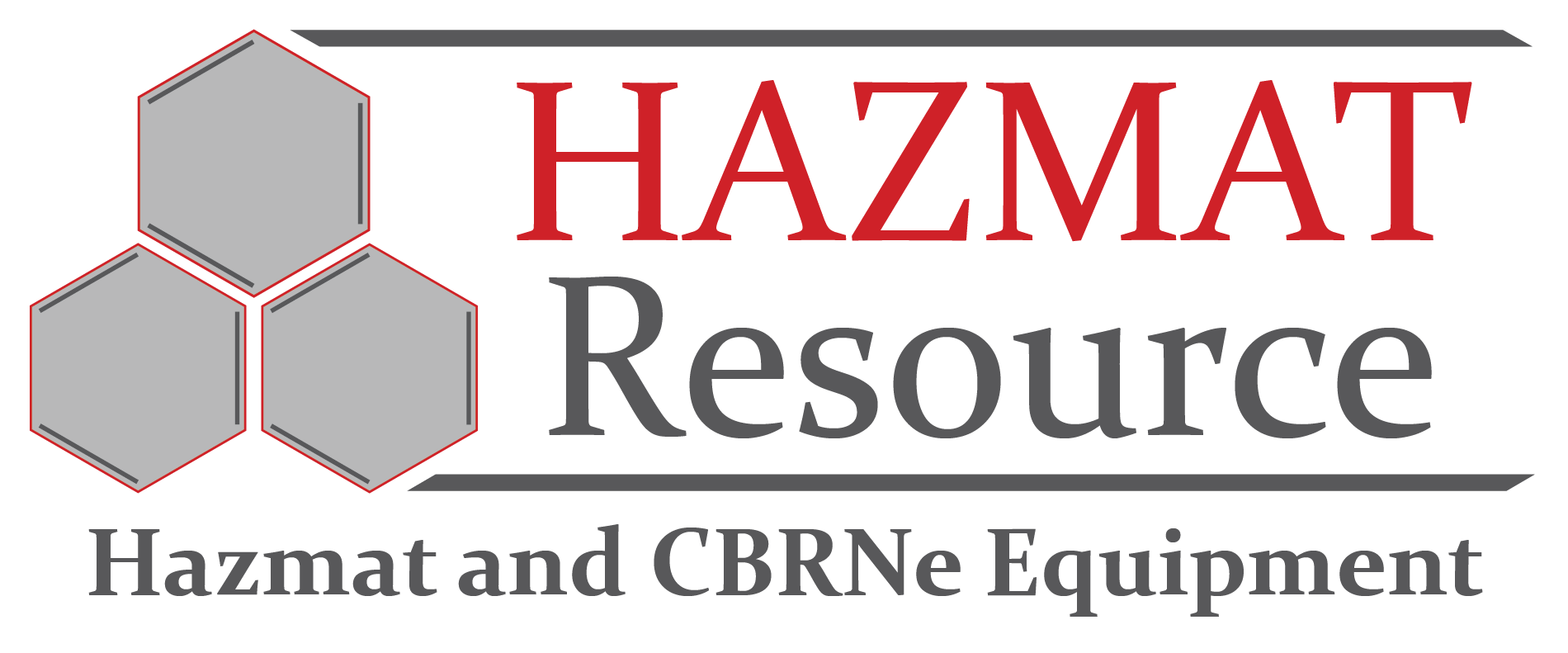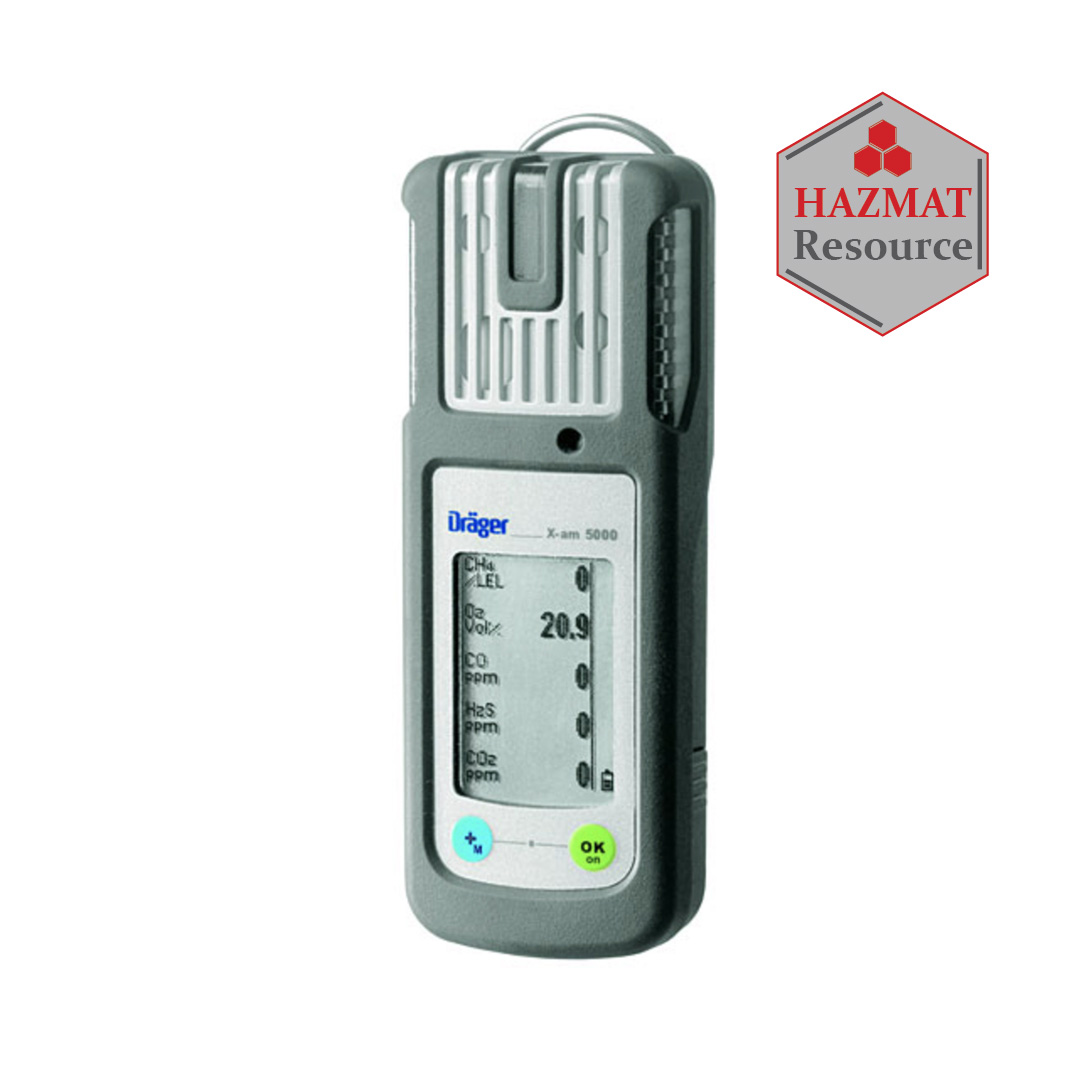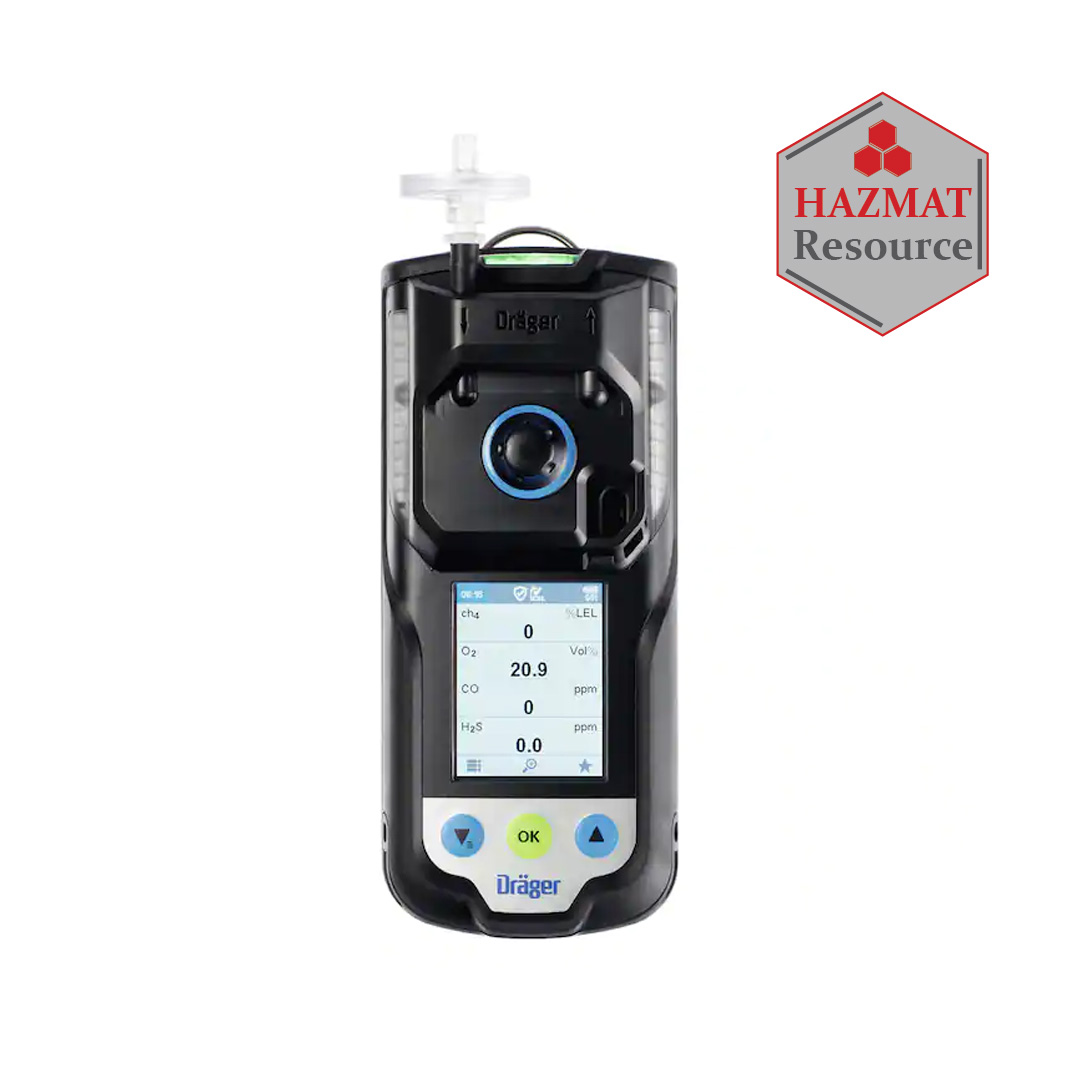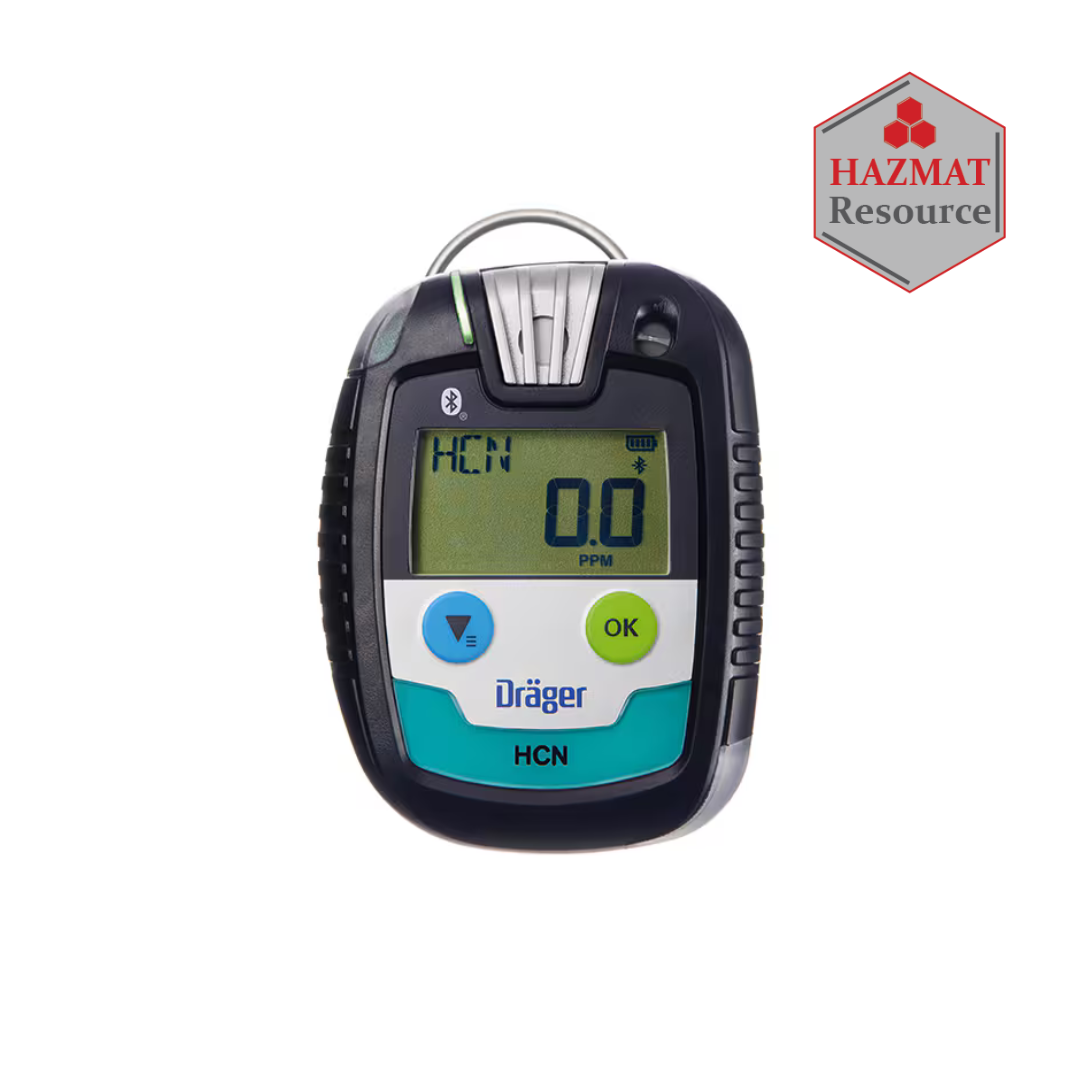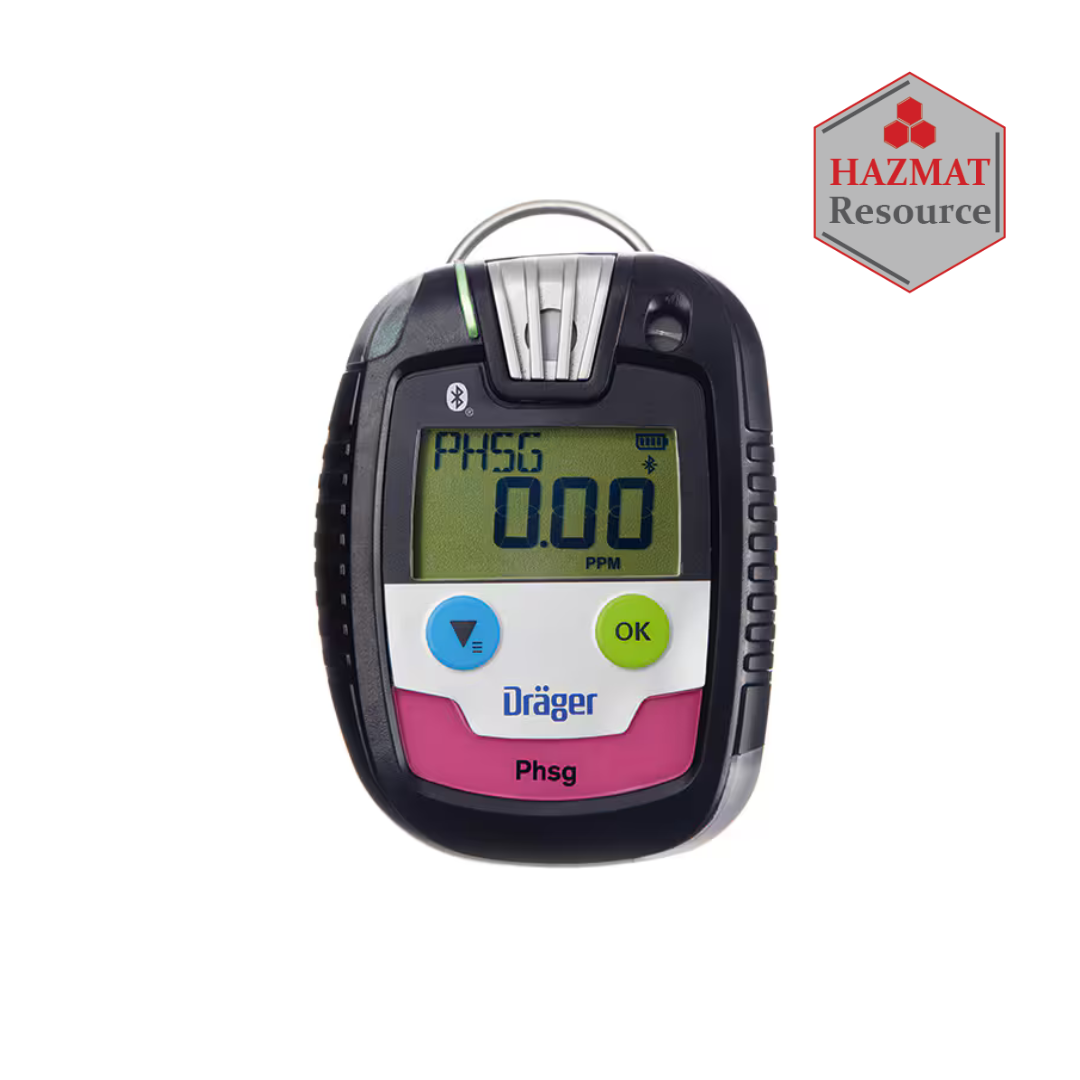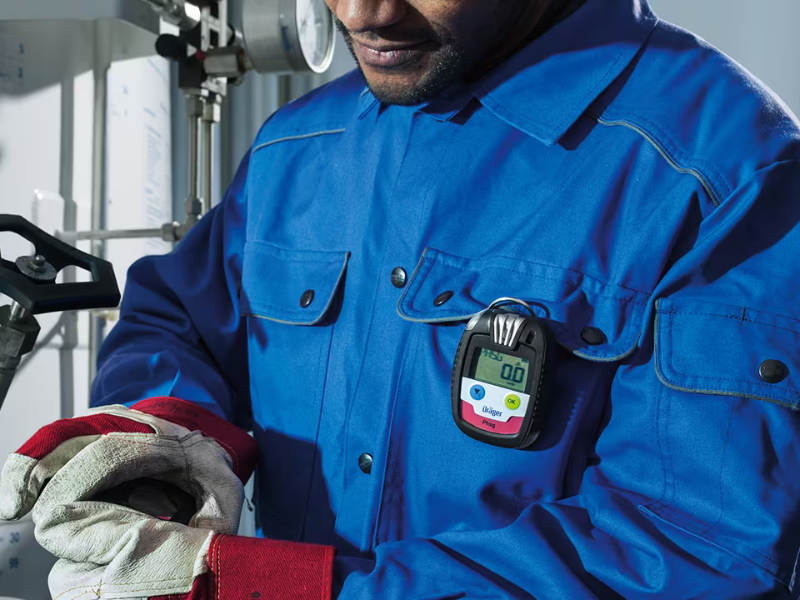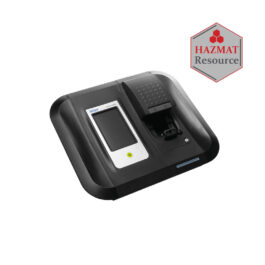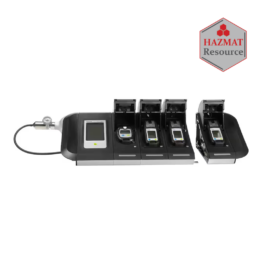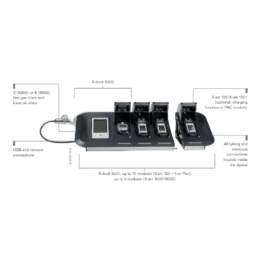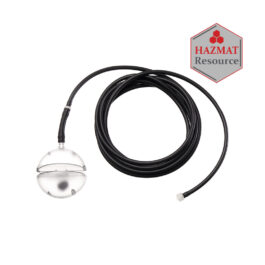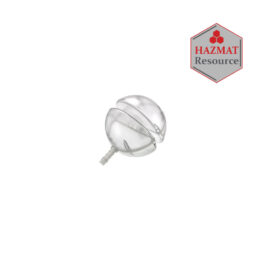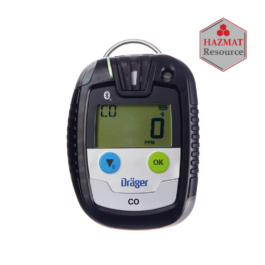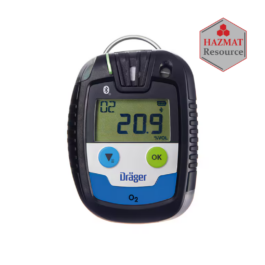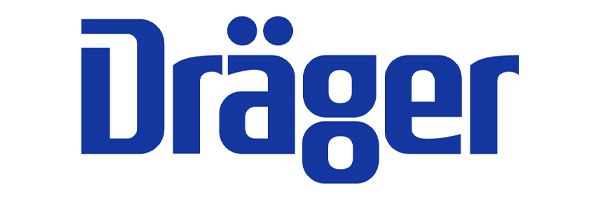
Dräger Pac 8000 Single Gas Detector
$674.10 – $1,239.00
With the robust Dräger Pac 8000 Single Gas Detector, this non-disposable, personal single-gas detection device is a reliable and precise instrument, which detects hazardous concentrations of twenty nine different gases, including special gases like NO2, O3 or COCl2. Contact us for your custom quote!
Description
Additional information
| Weight | 1 lbs |
|---|---|
| Dimensions | 10 × 10 × 10 in |
| Select Single Gas | Hydrogen Cyanide (HCN), Ammonia (NH3), Nitrogen Dioxide (NO2), Phosphine (PH3), Chlorine (CL2), Phosgene (COCL2), Ozone (O3), Carbon Dioxide (CO2), Nitric Oxide (NO), Organic Vapors (OV), Organic Vapors (OV-A) |
You may also like…
-
- Sale!
- Dräger X-am 2800 & Accessories, Gas Detection
Dräger X-am 2800 Multi-Gas Detector
- Original price was: $1,202.00.$1,081.80Current price is: $1,081.80.
- Add to cartAdd to quote
-
-
- Sale!
- Dräger X-dock & Accessories
Dräger X-dock Module PAC 8321892
- Original price was: $1,860.00.$1,674.00Current price is: $1,674.00.
- Add to cartAdd to quote
